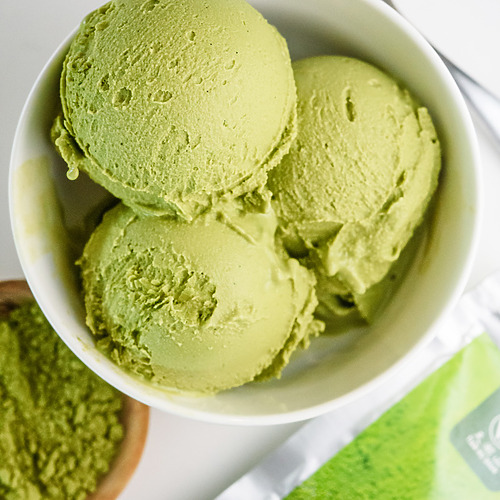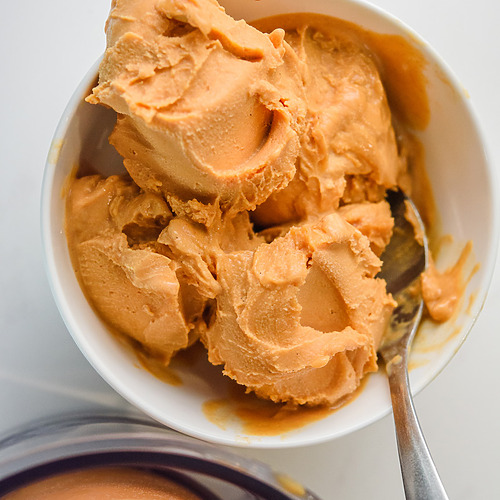This article will go over Monarch Butterfly Eggs including, what they look like, when they are laid, and how to find, hatch, protect, and clean them. Each spring and summer I raise monarchs. What began as just wanting to incorporate a pollinator garden in my landscape, has turned into a full-blown hobby of releasing over 100 Monarch butterflies every summer.
- What do Monarch Butterfly Eggs Look Like vs Aphids?
- When do Monarch Butterflies lay their eggs?
- How many eggs do Monarch Butterflies lay on Milkweed?
- How to find and collect Monarch Butterfly Eggs?
- Why do people remove the Monarch Butterfly Eggs?
- How to Hatch Monarch Butterfly Eggs
- How to sterilize Monarch Butterfly Eggs
- Discover More Gardening Articles
I’m going to be releasing a series of educational articles that go over various aspects of Monarch Butterflies that people seem to ask the most and are most curious about. Who knows, maybe you’ll begin raising them as well!
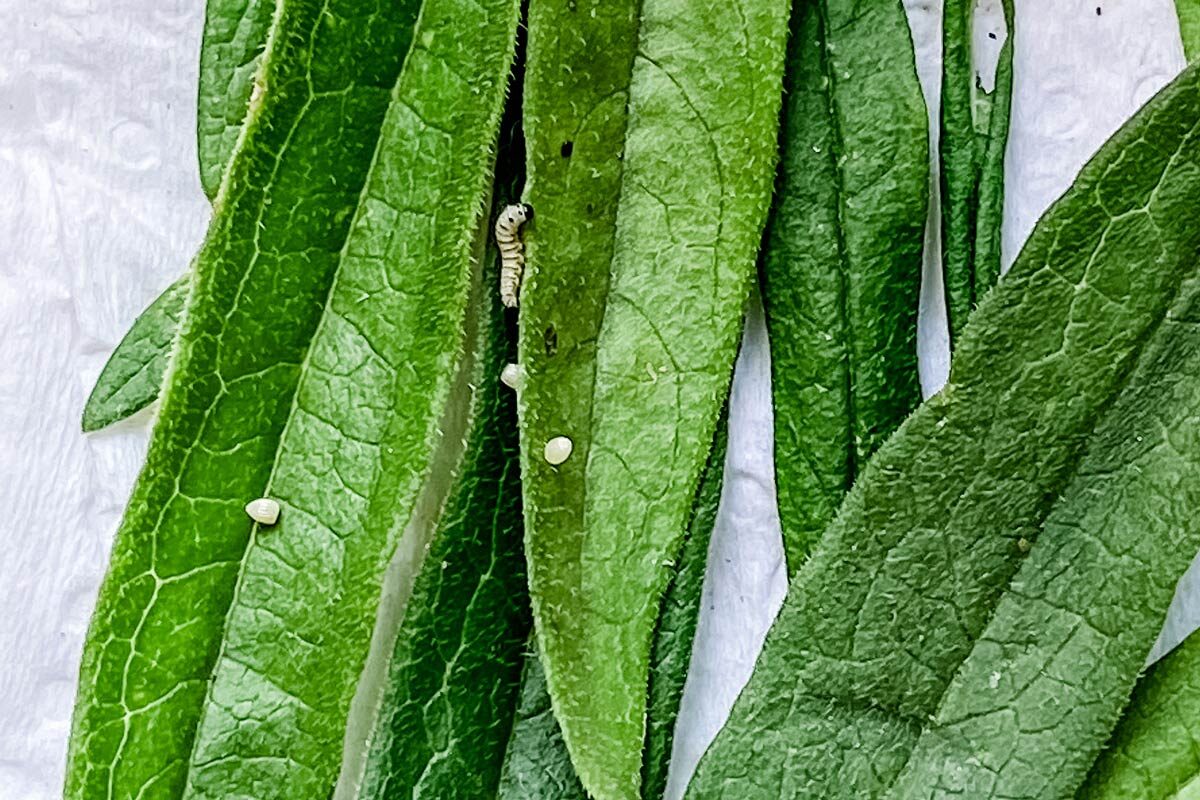
What do Monarch Butterfly Eggs Look Like vs Aphids?
Once you purchase or plant Milkweed you will soon begin looking for Monarch Butterfly Eggs. The most common occurrence is people asking what the eggs look like or finding yellow aphids instead, thinking they are eggs.
Monarch eggs look like tiny little white pearls with a point tip and effervescent sheen to them. They are quite beautiful. When they are about to hatch, the tips of the eggs turn black, which is the baby caterpillar that is about to emerge.
Once the Monarch caterpillar emerges, it even eats its own egg for nourishment.

Yellow Aphids on Milkweed
Aphids on the other hand are yellow with tiny black legs. If you touch them, they will move. Many people are used to seeing green aphids, so the yellow aphids throw them off.
Aphids on Milkweed are yellow because the Milkweed is actually poisonous and so are the aphids. These are the same aphids you find on Oleander, thus they are called Oleander Aphids.
I actually learned these Aphids were also poisonous accidentally when I fed one to my Praying Mantis Manny. He threw the aphid across the cage and gagged, true story!
When do Monarch Butterflies lay their eggs?
This question really depends on where you are located and can vary greatly. In Florida for example Monarch Butterflies lay eggs on Milkweed as early as February. In California, I start to see my first Monarch Butterfly as early as March and will usually have eggs by May.
Most people around the US will start to see Monarch Butterfly eggs any time between June and August.
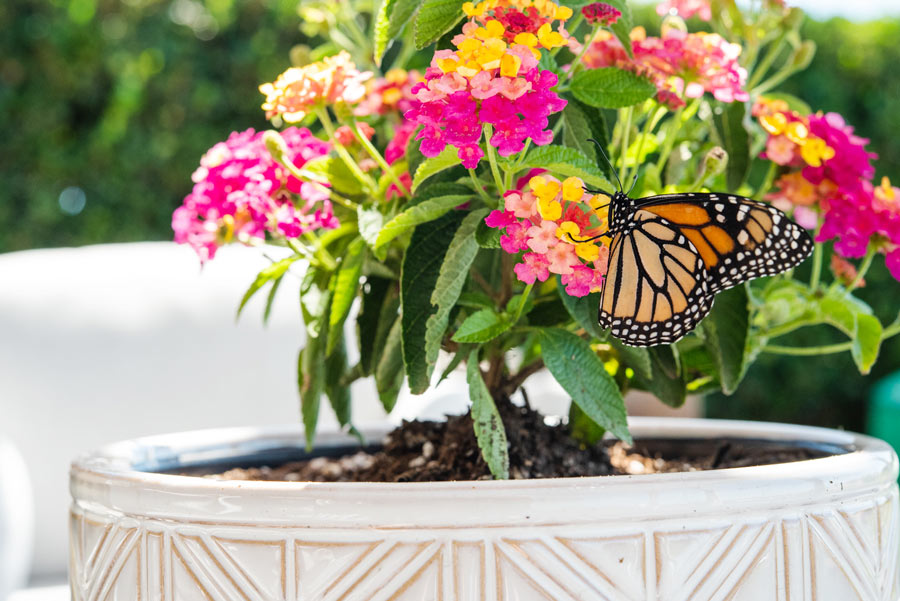
How many eggs do Monarch Butterflies lay on Milkweed?
This question is SO important and really might surprise you. It’s also VERY important to know if you plan on planting Milkweed in your garden to attract them or would like to raise Monarchs.
Monarch Butterflies can lay 100 eggs on one Milkweed plant!!! I stress this because many people love the idea of planting tons of milkweed, but then they have hundreds of monarch caterpillars they cannot feed! This is a problem I see over and over again.
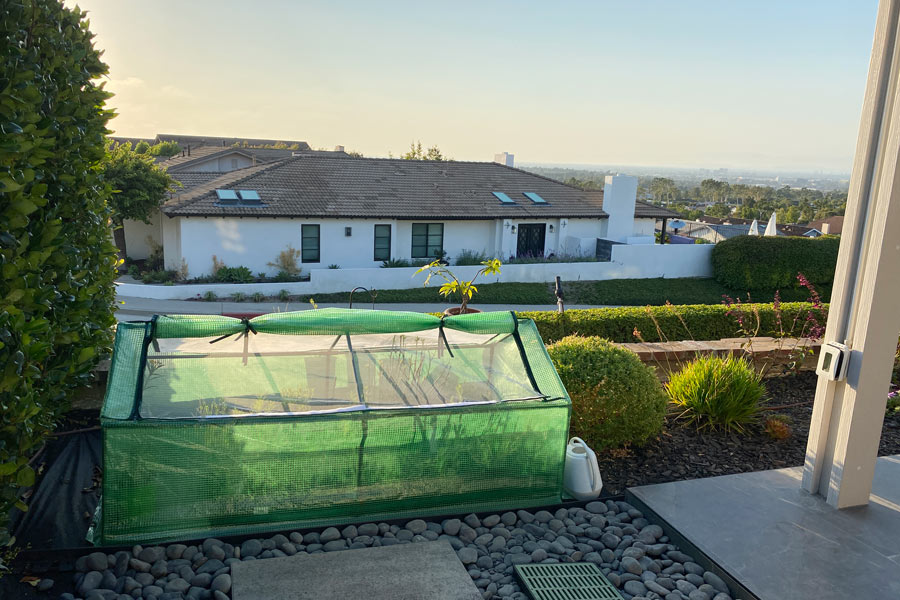
For this reason, I only have two Milkweed plants in my garden. I collect the Monarch Butterfly Eggs and raise them in containers until they hatch. I then have an entire mini greenhouse where I grow Milkweed just to feed all of the caterpillars.
This ensures I don’t have more Monarch Caterpillars than I can handle because they are enclosed and the butterflies cannot lay eggs on the milkweed which is used for food.
They are also very aggressive with their egg laying and even after all the leaves are completely stripped, I have had Monarch Butterflies lay eggs on Milkweed twigs!
How to find and collect Monarch Butterfly Eggs?
You will find Monarch Butterfly Eggs most commonly on the underside of Milkweed leaves. If you plan on collecting them, you want to wait 1-2 days for them to harden. Once they have hardened, you can gently roll them off with your thumb. They harden up nicely and are actually quite easy to remove.
Others may opt to just remove the entire leave and I have seen many people use a hole puncher so only the area of the leave with the egg is removed. I personally just roll them off the leave.
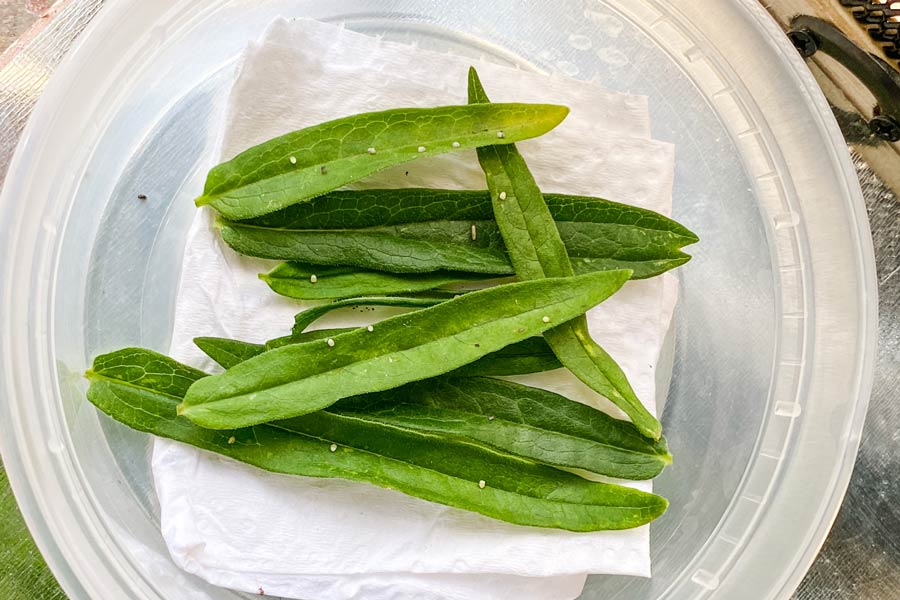
Why do people remove the Monarch Butterfly Eggs?
Now, you may be wondering why anyone would remove the egg and this is because many people who raise Monarch Caterpillars, do some from eggs, and some even clean the eggs which we’ll get to below.
I personally raise my Monarch Caterpillars from eggs because there are so many predators. There is one in particular called the Tachinid Fly which literally stalks my milkweed. I make sure to collect them as eggs or when they are very tiny before the Tachinid Fly has a chance to spot them and lay its eggs on them, thus killing the Monarch Caterpillar.
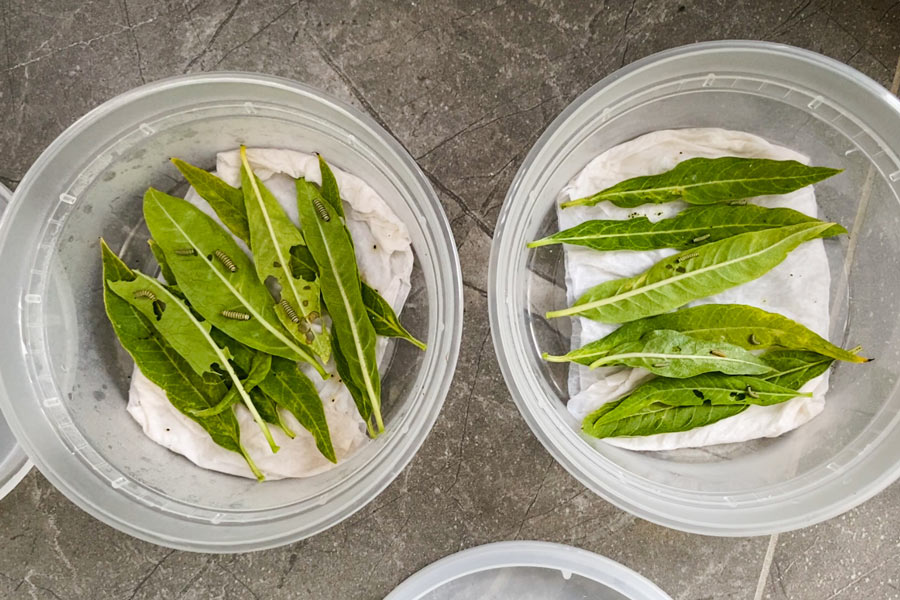
How to Hatch Monarch Butterfly Eggs
Once you’ve collected your eggs, you’re simply going to place them into a small Tupperware container with small holes poked at the top. Cover the bottom with a piece of paper towel. Give a very light spray of water, do not add wet paper towels or they will mold. Just very slightly moist to keep the leaves from drying out.
Then place Milkweed leaves at the bottom with the eggs on top. It usually takes 3-5 days for a monarch butterfly egg to hatch.
Then clean out the container every 1-2 days, place a fresh paper towel, and more leaves when needed. Monarch caterpillars poop and eat A LOT!
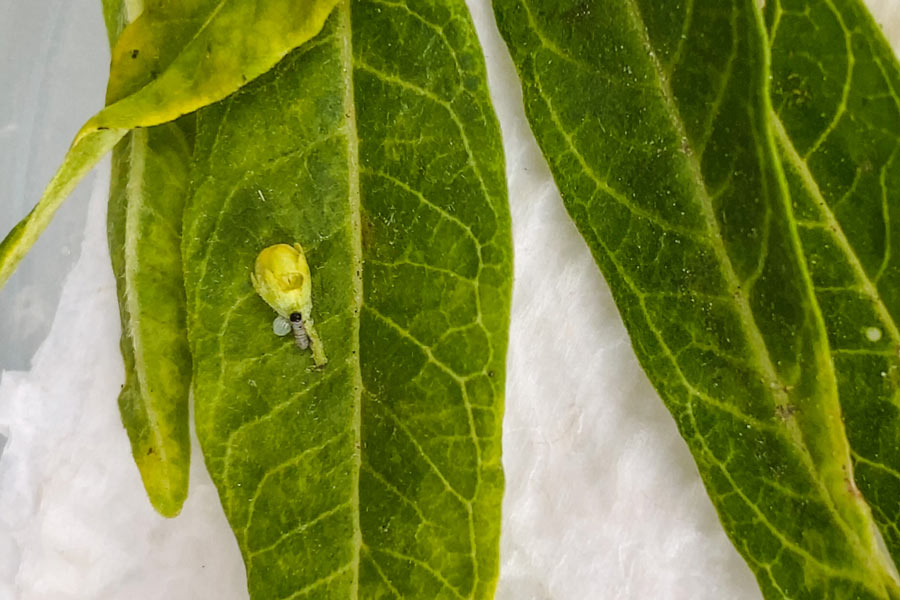
How to sterilize Monarch Butterfly Eggs
Sanitizing Monarch Butterfly Eggs is done to kill off any possible OE Parasite. Only attempt this if you feel confident and have watched it being done several times. Here is a great youtube video of the process.
Many hobbyists and professionals who raise Monarch Butterflies will sterilize the eggs in a very light solution of 95% water and 5% bleach (plain and unscented) or 380ml water and 20ml bleach. You’ll need 3 containers, one for the eggs, one for the solution, and one for clean water to rinse. You will also want a fine mesh strainer and have the timer ready on your phone.
Below are the steps:
- Have all of your eggs ready in one container
- Get your time ready and pour the bleach solution into the container with the eggs (not the other way around)
- Time for 60 seconds and immediately pour out the solution into a metal strainer.
- Then add the strainer with the eggs to the container with fresh water.
- Let them sit in the freshwater for 60 seconds and gently move around to get them well rinsed.
- Then lift the strainer and set the eggs on several paper towels, and cover with several more.
- Once the eggs have completely dried, place them into your hatching container with the paper towel and leaves.
Is there any other information you would like to know about Monarch Butterfly Eggs? If so, simply leave a comment below. I hope you’ve found this article helpful!

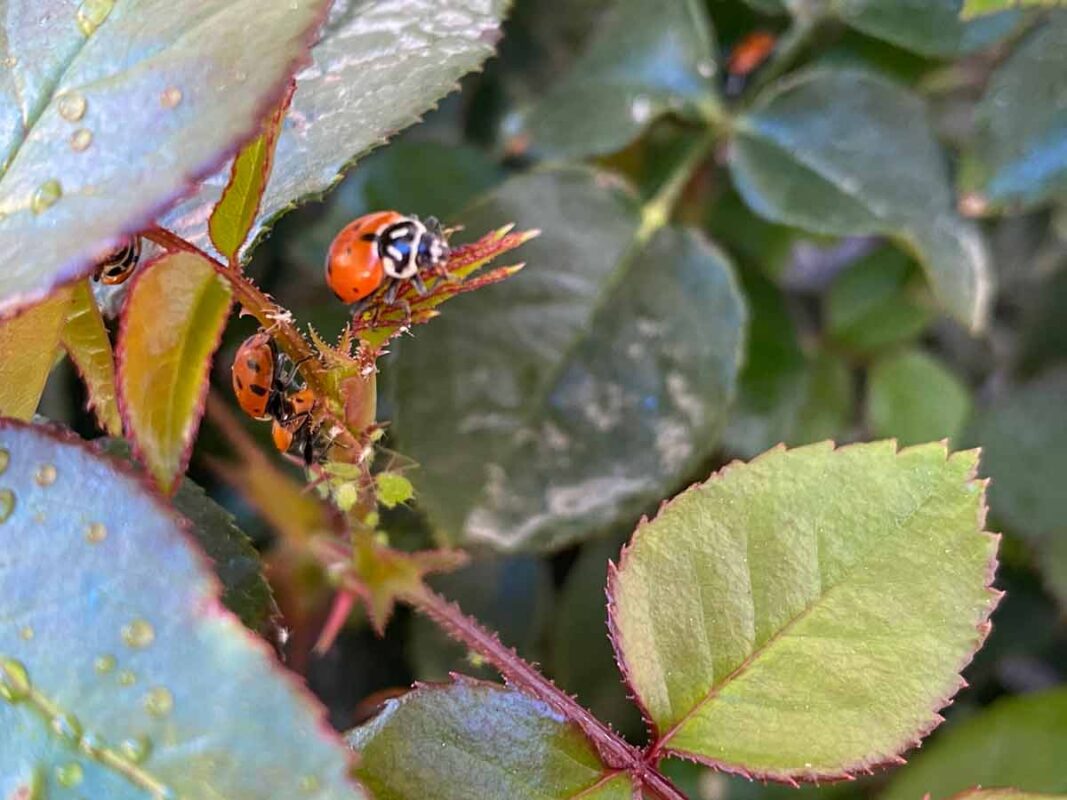
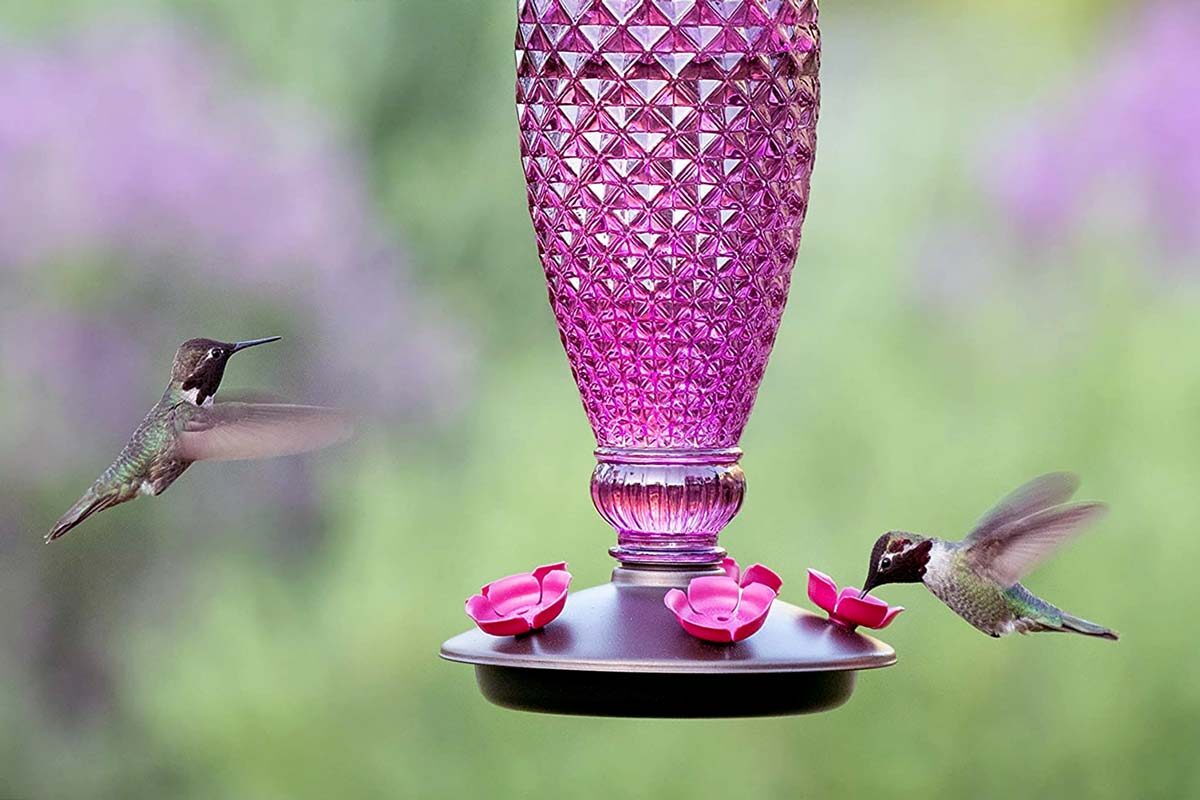

 Sondra Barker
Sondra Barker


